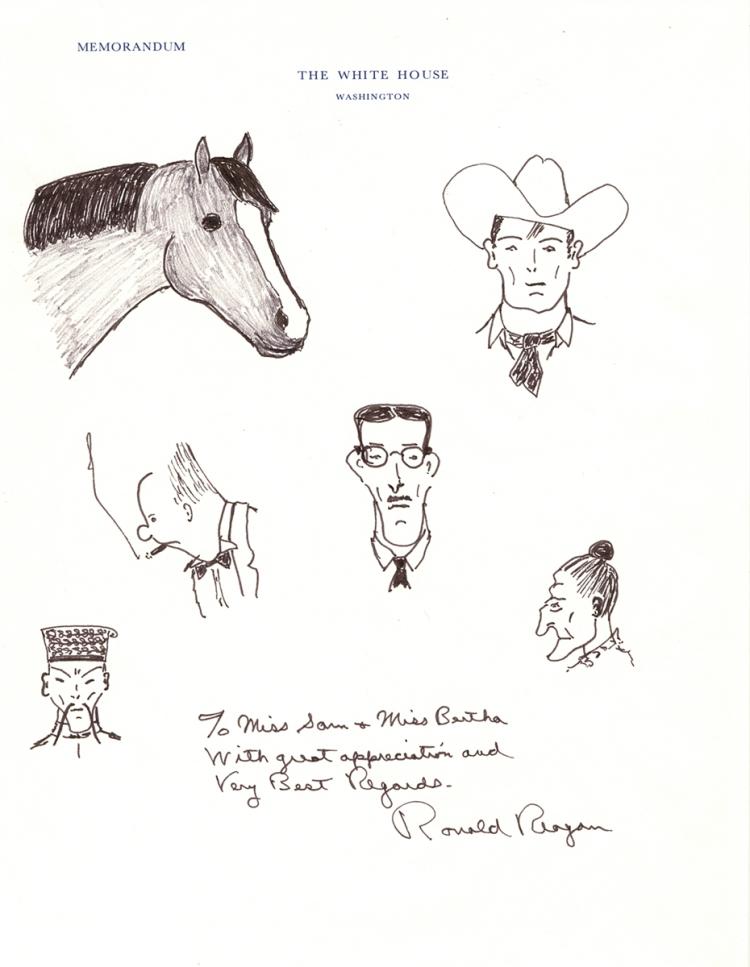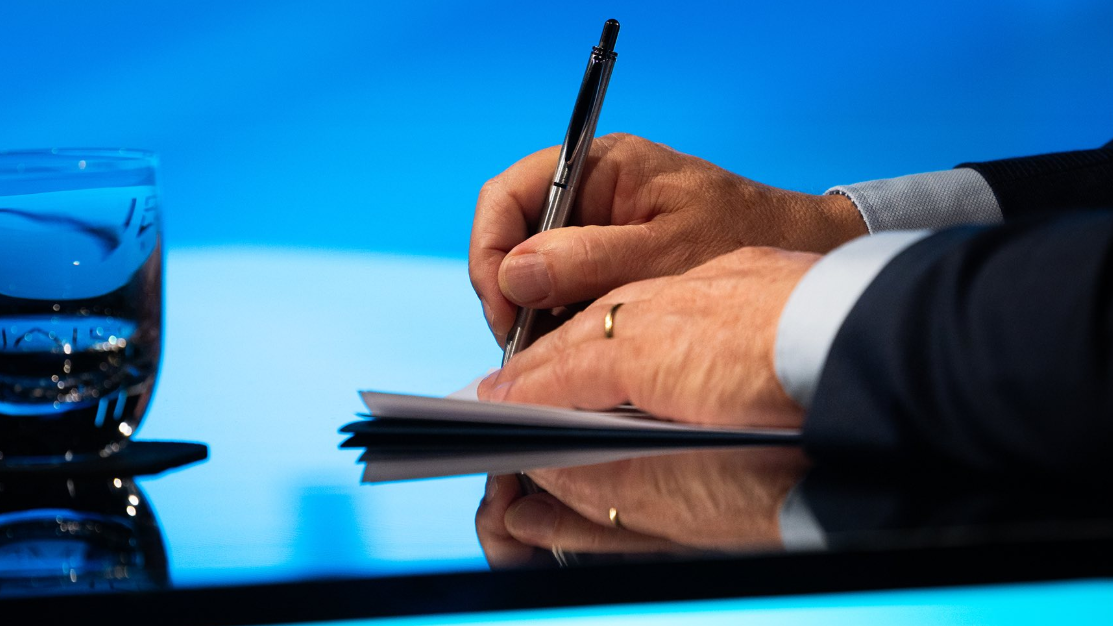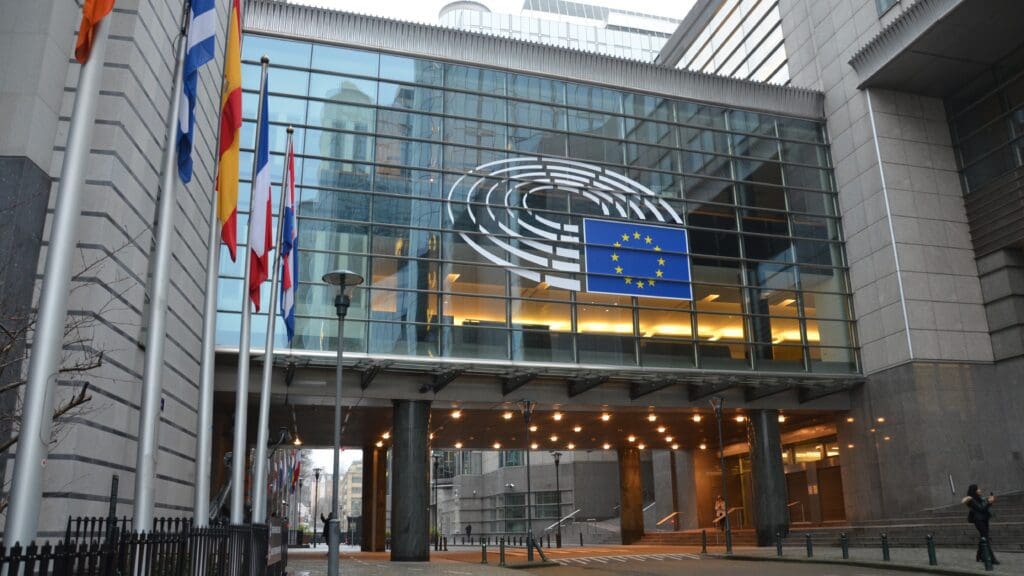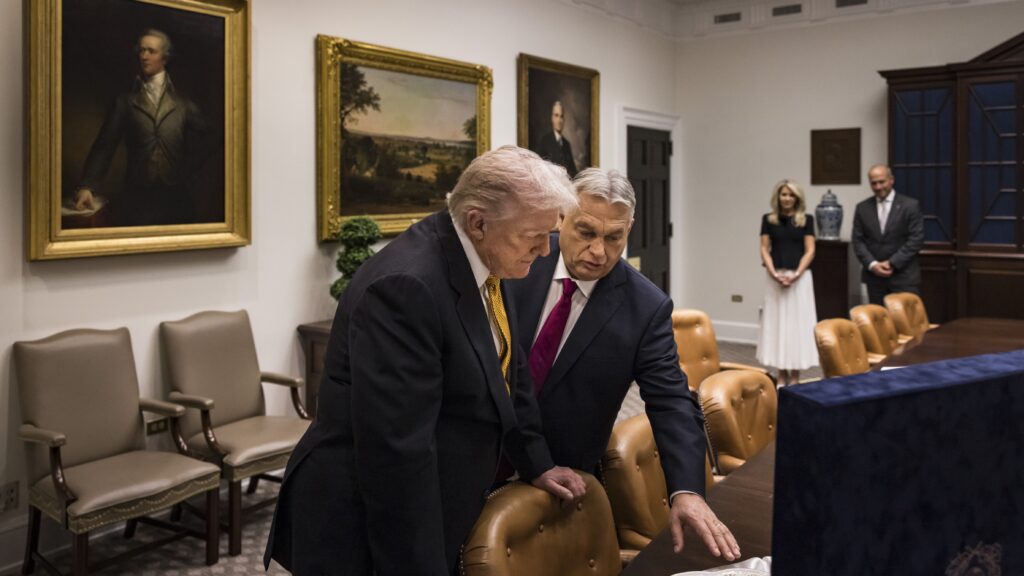Since Monday, everyone in Hungary has been talking about the doodles Prime Minister Viktor Orbán made during a one-and-a-half-hour interview on channel ATV. The notes, which Orbán jokingly described as ‘non-figurative modern’ art, have captured the attention of ordinary citizens, psychologists, and analysts nationwide, with some even suggesting they should be printed on T-shirts and mugs.
The drawings, as seen below, include different-sized circles, diagonals, arrows, numbers, squares, and so on. At first glance, they appear rather chaotic. That is why the opposition and critics of Viktor Orbán immediately seized on the issue, claiming that the notes were proof that the prime minister had, essentially, gone insane.
In a video posted after the interview, Orbán and reporter Egon Rónai examined the drawings, and the prime minister managed to recall the specific parts of the interview during which each figure was made. ‘I could recall the whole interview from this,’ Orbán claimed, signalling that the drawings were nowhere near a sign of mental weakness.
The next day, Orbán spoke to the Hungarian tabloid Blikk about the doodles. He explained that they were not actual drawings but coded marks understandable only to him. He said he uses this method exclusively in longer interviews, where a single question may prompt several different answers and he needs a system to organize his thoughts. According to him, the symbols help give structure to his responses and prevent the conversation from becoming unfocused. He added that the marks serve as a form of personal coded language that helps him maintain discipline and clarity throughout extended discussions.
Viktor Orbán stressed that the symbols do not represent words—those are in his head. The figures on the paper simply determine the order of his answers. The prime minister underlined that if he ever lost such a sheet, no one would be able to understand what was written on it.
To understand the phenomenon, Hungarian outlet Index consulted drawing-analysis specialist Szilvia Reimann, who said Orbán’s doodling served a deeper psychological function. Using the seven-step drawing-analysis model, she argued that the marks were not idle sketches but a self-regulatory act aimed at maintaining control and building narrative order in a tense, high-stakes interview—his first on ATV in 15 years, marked by public scrutiny and a potentially hostile atmosphere due to the channel’s affiliation with the opposition.

The drawing process was disciplined and repetitive, indicating controlled regulation rather than impulsive release. The geometric, grid-like structure—devoid of emotional or figurative elements—suggested rational organization and containment of tension. According to Reimann, the paper became a personal space in which Orbán could impose structure while responding verbally.
She concluded that the doodle likely functioned as a tool of self-regulation and narrative construction, not anxiety release, though she emphasized that this remains a psychological hypothesis rather than a diagnosis.
The drawings gained such significant attention that some already wanted to produce merchandise featuring Orbán’s figures on T-shirts, mugs, and other items. However, as Forbes wrote in an article yesterday, the doodle is automatically protected by copyright, as it is considered an original, individual work of art.
Those who wanted to buy a shirt with Orbán’s drawings need not be disappointed. They can do so without being penalized, as the prime minister himself gave permission in a comment under the aforementioned Forbes article. ‘Permission granted for anyone. Feel free!’ Orbán wrote.
In conclusion, it is worth noting that Orbán is far from the only world leader who drew doodles during meetings or interviews. One of the most famous doodlers was US President Ronald Reagan, who was described as ‘one of the most active doodlers’ at the White House. Reagan’s skills, however, surpassed Orbán’s, as sources described the former president as ‘particularly good’ at drawing. Unlike Orbán, Reagan drew cowboys, horses, athletes, and even his wife, Nancy.

Related articles:







